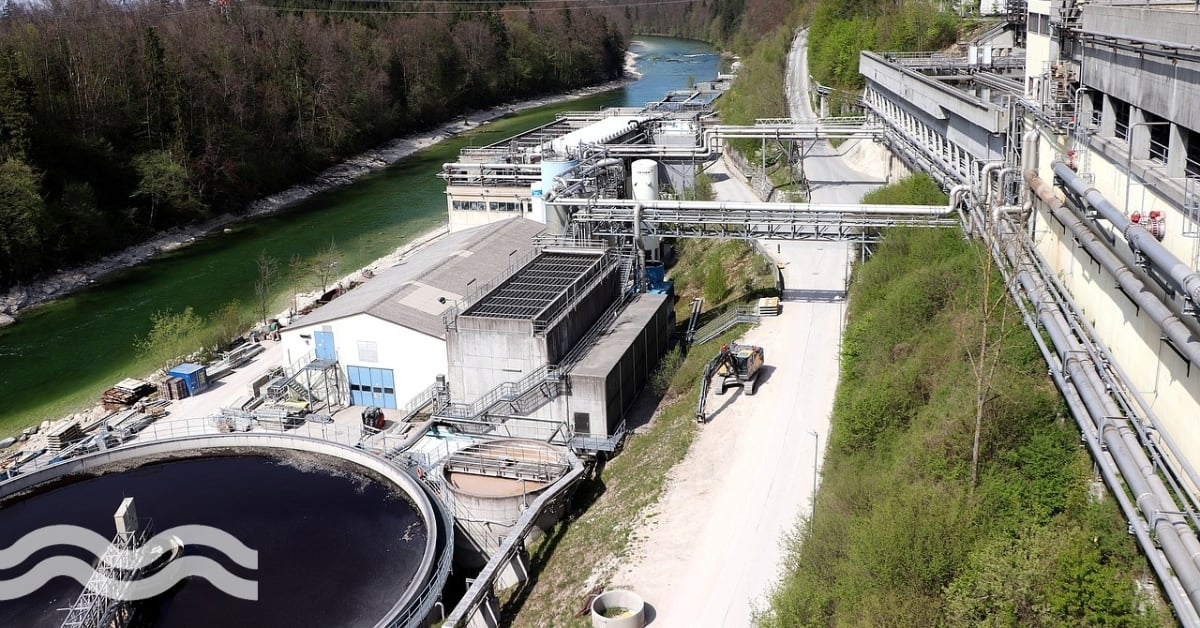UV-C LEDs go large to take on industrial water applications

The scaling up of UV-C LED technology is making progress, with a new development designed for industrial water applications.
Targeting industrial water treatment
Following progress with its ultraviolet, light-emitting diode (UV-C LED) system aimed at water utilities, US company AquiSense Technologies has launched a solution designed for industrial water applications.
A smaller sibling to its PearlAqua Tera system released in early 2022, the Kilo system also integrates UV-C LED technology which it said can provide over 99.99 per cent pathogen reduction at 1.3 MGD (205 m3/hour).
LED technology is designed so that a wavelength can be inputted and emit photons in the UV-C range to stop the replication of bacteria. As the UV-C is germicidal, it’s used to disinfect and kill microorganisms, such as bacteria and viruses.
Going big in Las Vegas
Historically UV-LED systems had been used for smaller, low flow, or personal use water treatment products on the market, with mercury lamp UV technology as the go-to, dominant force for utility-scale treatment systems.
However, recent deployment of utility scale UV-C LED technologies has shown the technology is being adopted for larger treatment projects.
Last year, AquiSense Technologies announced its Tera system being used by the Las Vegas Valley Water District, with a flowrate of two million gallons a day (9,092 m3/day), with the potential to take it to six million gallons a day (27,276 m3/day), using larger flanges.
The system was delivered at the end of December 2021, with a requirement from the utility that the system was “easy to operate”. At the time, AquiSense said it has five more projects in the pipeline with the Las Vegas Valley Water District.
Meanwhile, in the UK market in 2019 United Utilities placed an order for a 28,000 m3/day UV-C LED drinking water plant from start-up Typhon Treatment Systems following the signing of an eight-year, kit framework agreement.
Earlier this year, 2023, Typhon went into liquidation however NUUV, a management buy out of the Typhon IP, is now in discussions with United Utilities to review the future for the project.
Proving the doubters wrong
AquiSense said it now has multiple installations of the Kilo & Tera units “providing reliable and safe water treatment” and expects “strong growth going into 2024”.
Commenting on the Kilo development, Oliver Lawal, president and CEO of AquiSense, said: "Some in the industry had doubts LED technology could be engineered at this large of scale, but we have proven that it’s not only possible, but effective.”
Lawal believes that uncertainty over traditional UV lamp supply could drive the UV-C LED market forwards.
He told Aquatech Online: “Ultimately though, with the uncertainty around the long-term supply of mercury-based UV lamps, LED technology is a solid future-proof option for a 20+ year piece of capital equipment.”
International standards
Back in 2019 an international standard on drinking water treatment was updated following developments and the roll-out of UV-LED (ultraviolet-light emitting diode) technology.
NSF International, the body accredited by the American National Standards Institute (ANSI), established new criteria for the use of UV-LED technology for microbial reduction.
The standard covered treatment systems that use ultraviolet light to inactivate or kill bacteria, viruses and cysts in microbiologically unsafe water (Class A systems) or to reduce the amount of non-disease-causing bacteria in disinfected drinking water (Class B systems).


